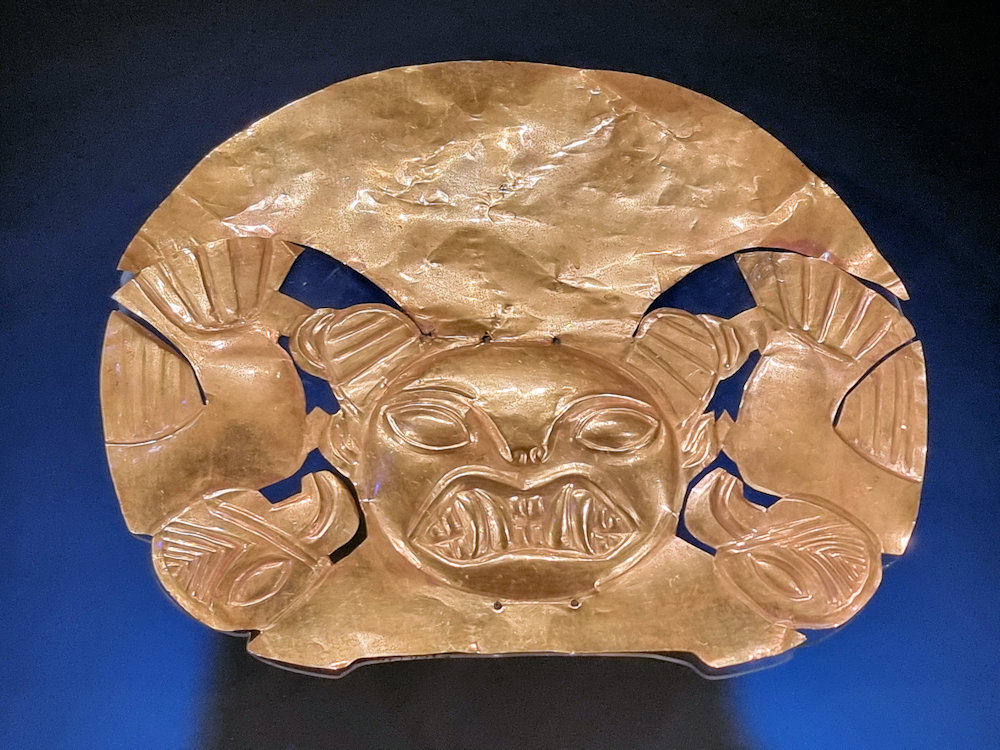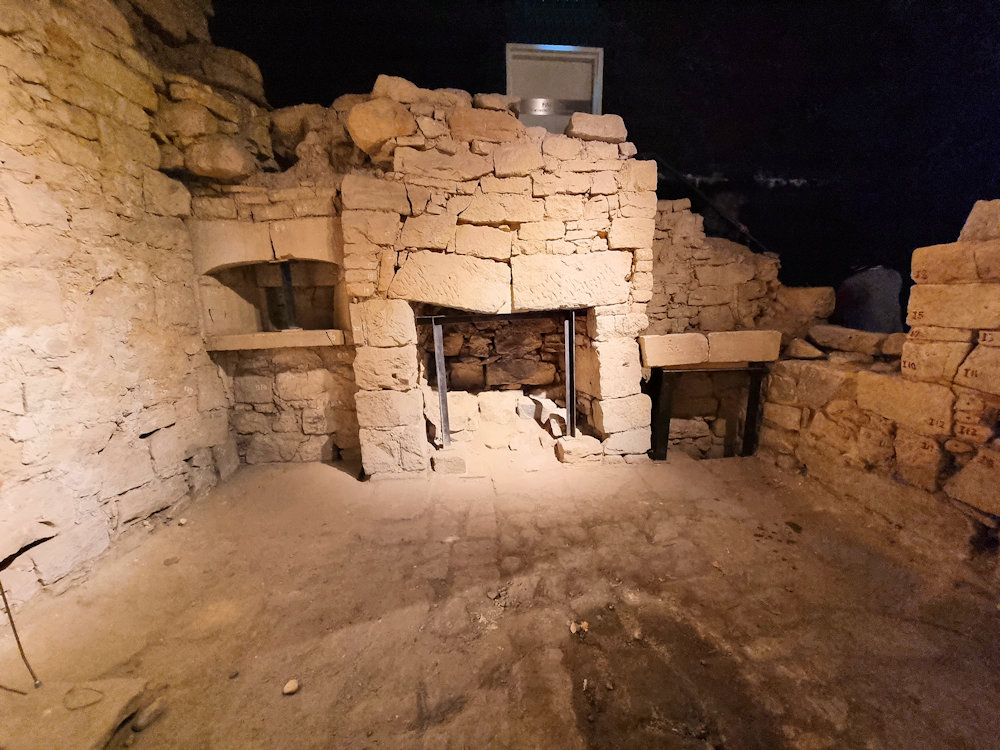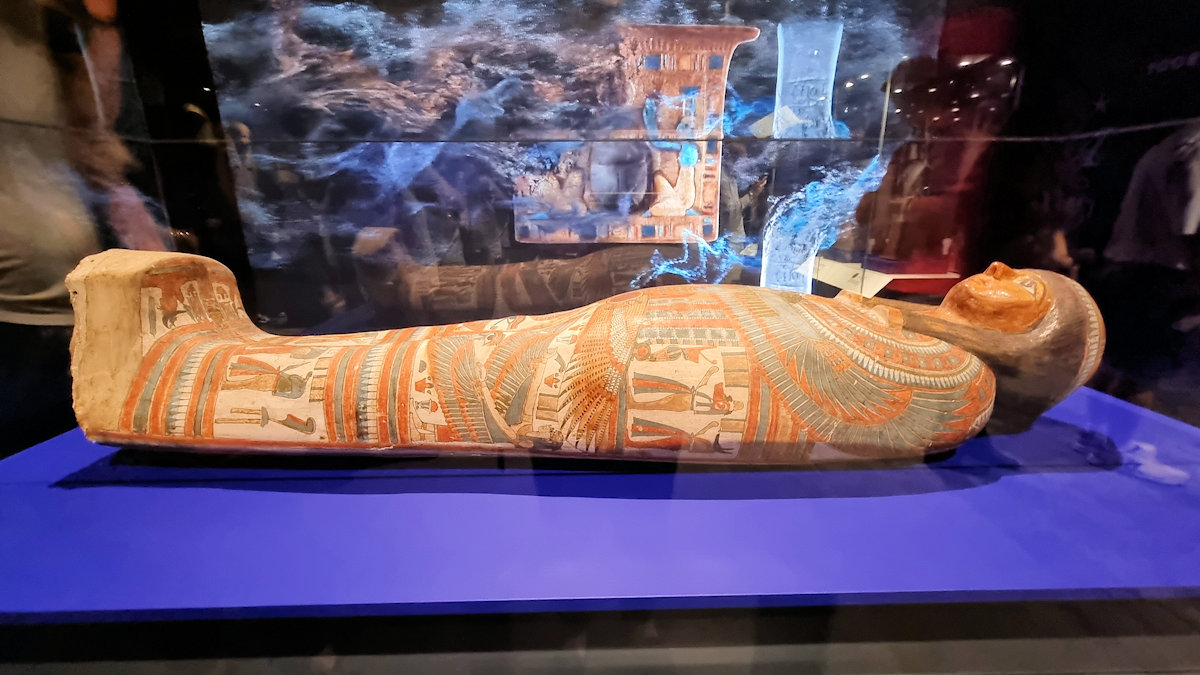Tag: Archaeology
-
Machu Picchu at the Australian Museum Sydney

Machu Picchu at the Australian Museum Sydney Open until the 23rd of February 2025 at the Australian Museum in Sydney, Machu Picchu and the Golden Empires of Peru is a unique opportunity to experience Andean culture in Sydney. With over 130 artifacts from five Peruvian Empires to see it’s an amazing experience. Getting There The Domain… Read more
-
Parbury Ruins

Parbury Ruins Located on the corner of Pottinger and Windmill Streets in Millers Point, Sydney, the Parbury Ruins were uncovered during the construction of an apartment block. Once excavated and recorded by archaeologists, the developers modified their design to retain the ruins, preserving them. Access to the underground area is by appointment only, or during… Read more
-
Discover Ancient Egypt in Canberra

Discover Ancient Egypt At The National Museum of Australia in Canberra On display until 8 September 2024 at the National Museum of Australia in Canberra, Discover Ancient Egypt displays fascinating artifacts from the Dutch National Museum of Antiquities (Rijksmuseum van Oudheden). What’s on Display Entering the museum, you are greeting by a statue of Anubis,… Read more